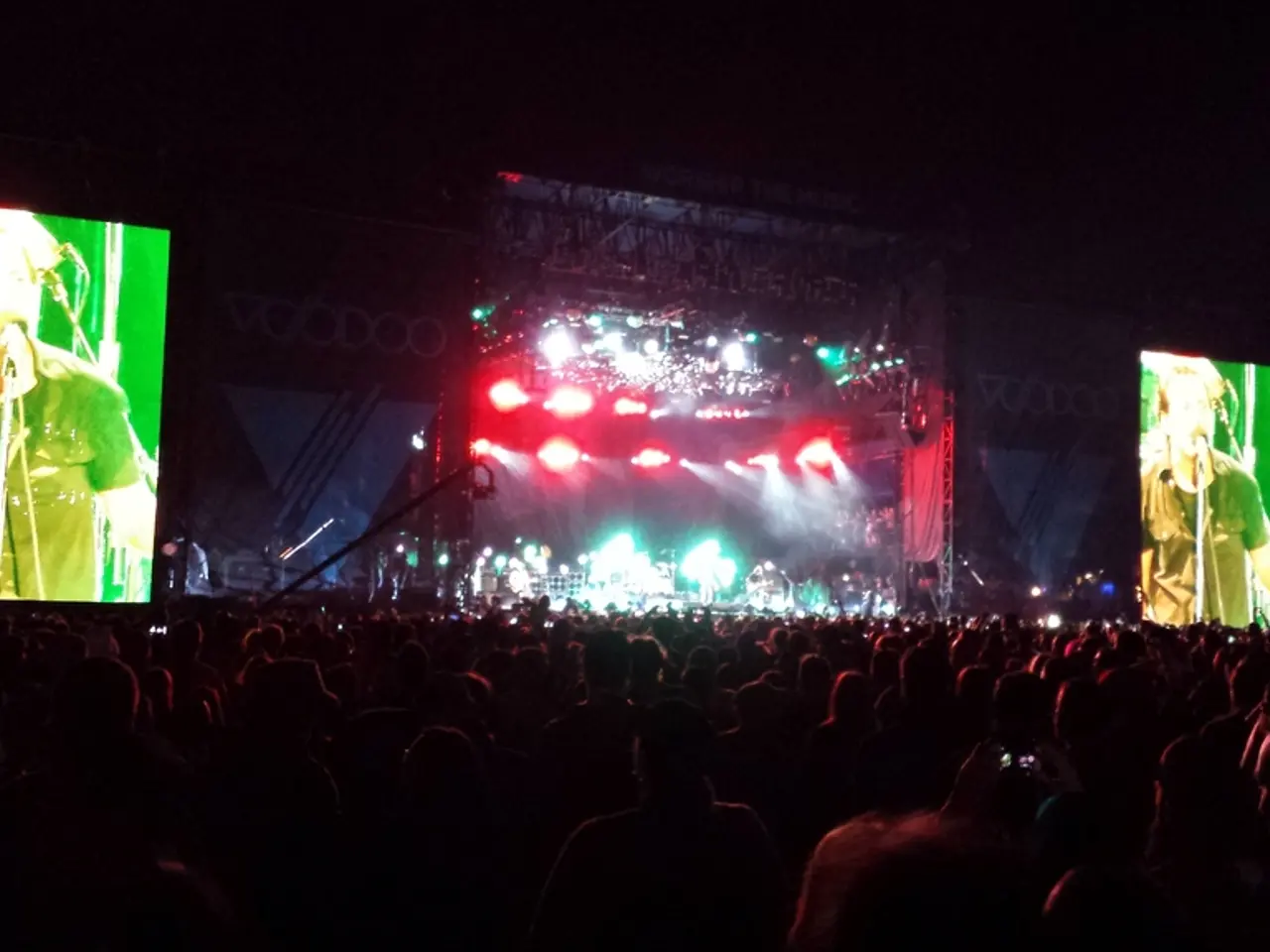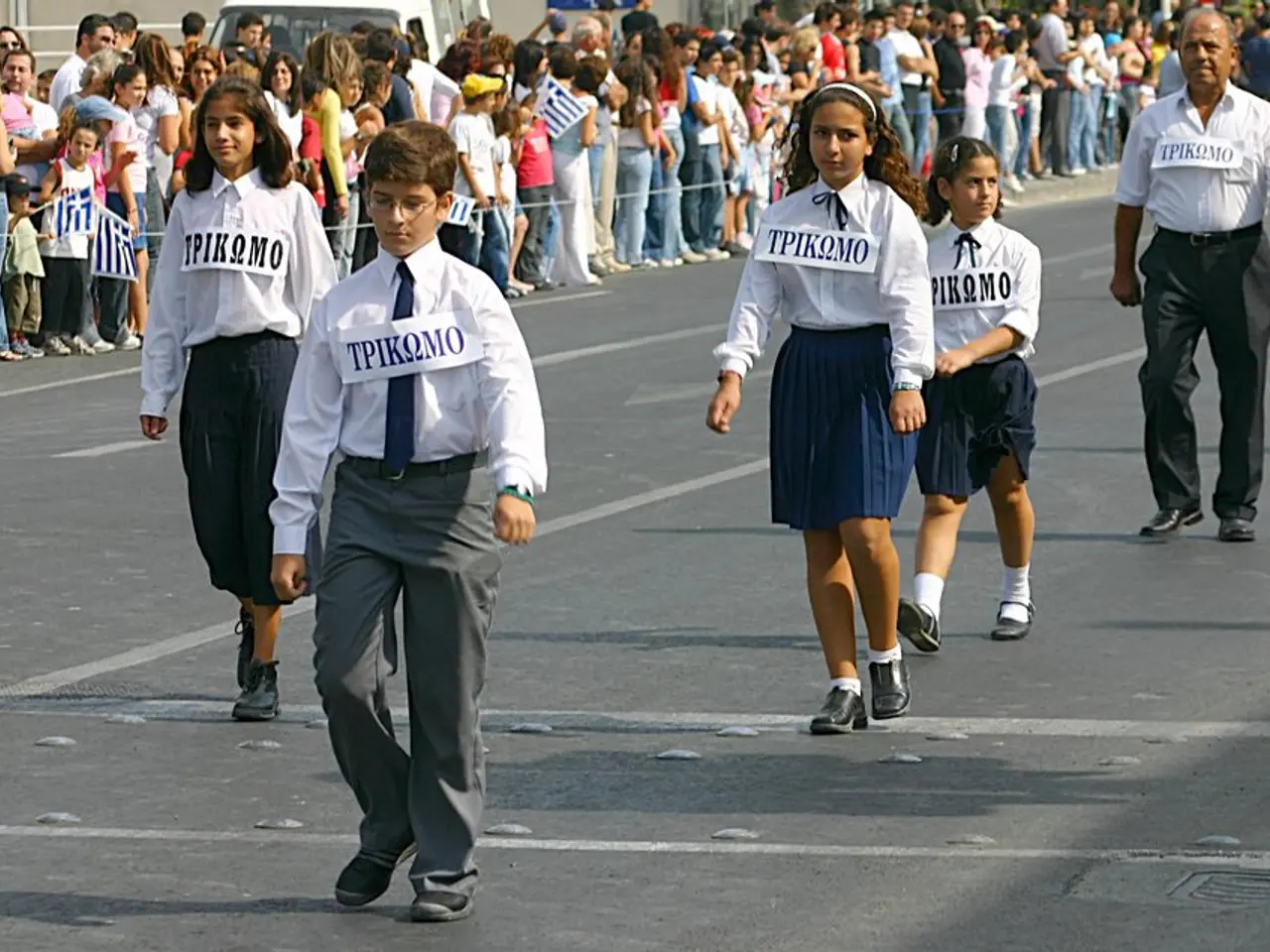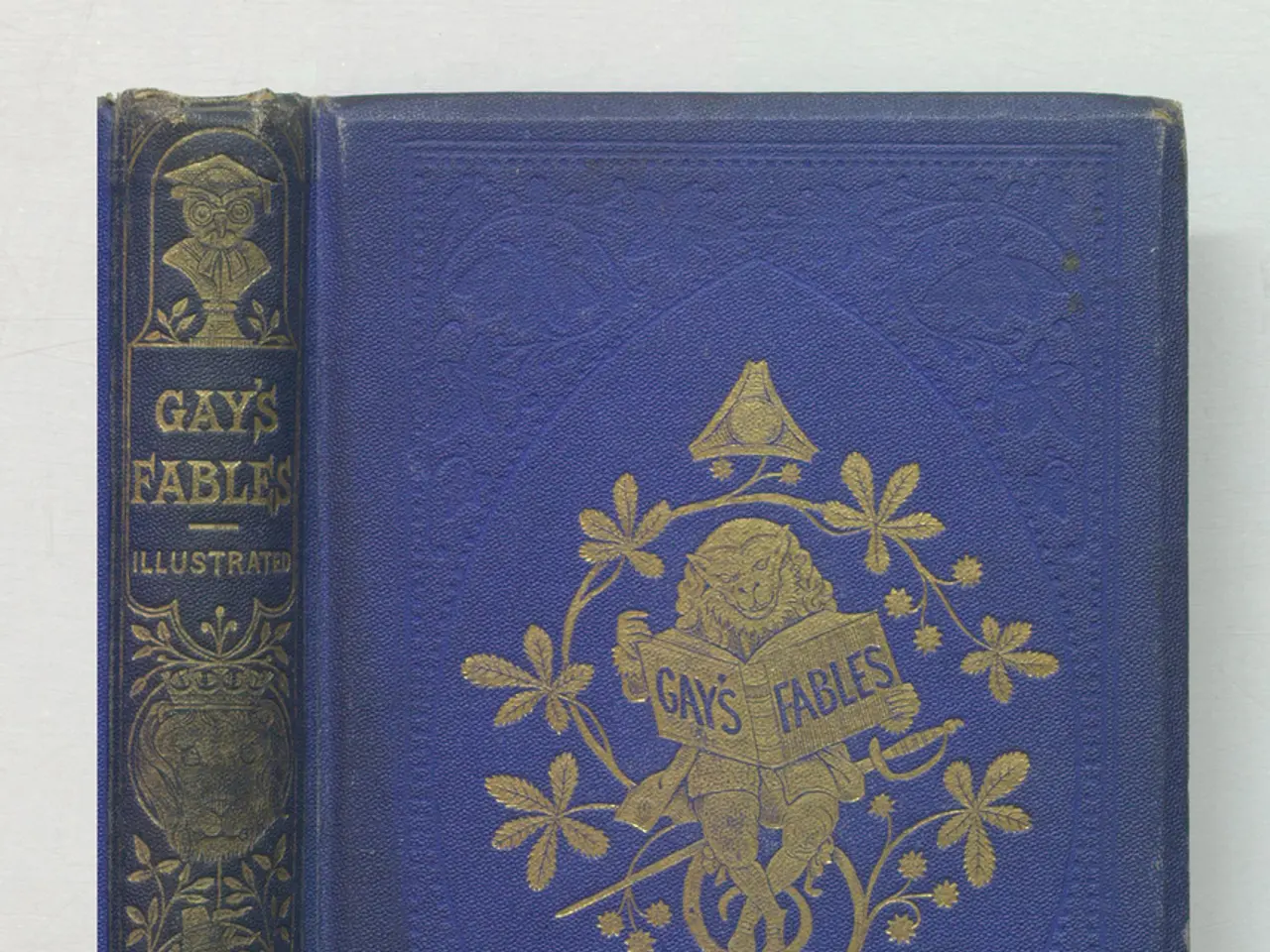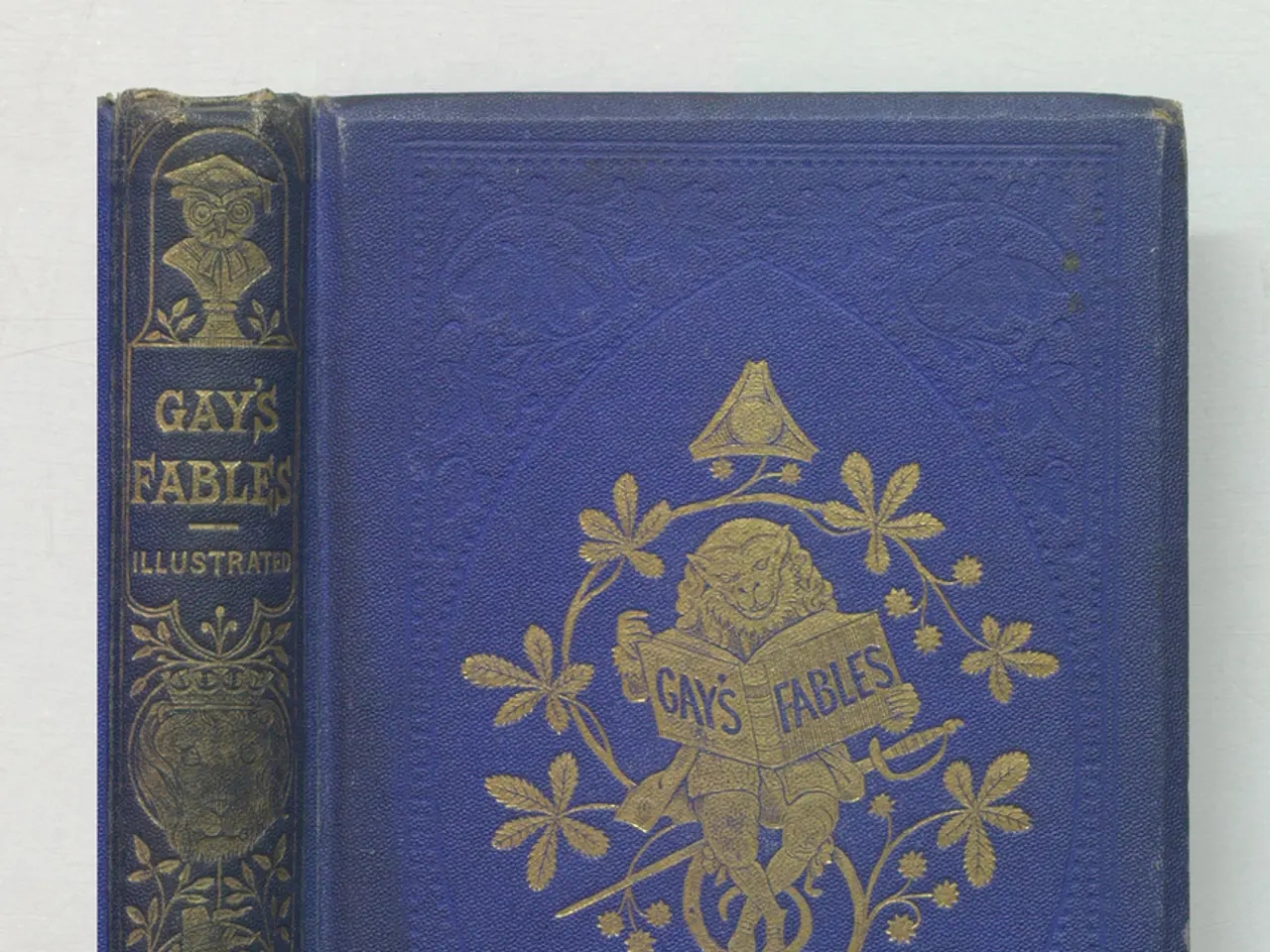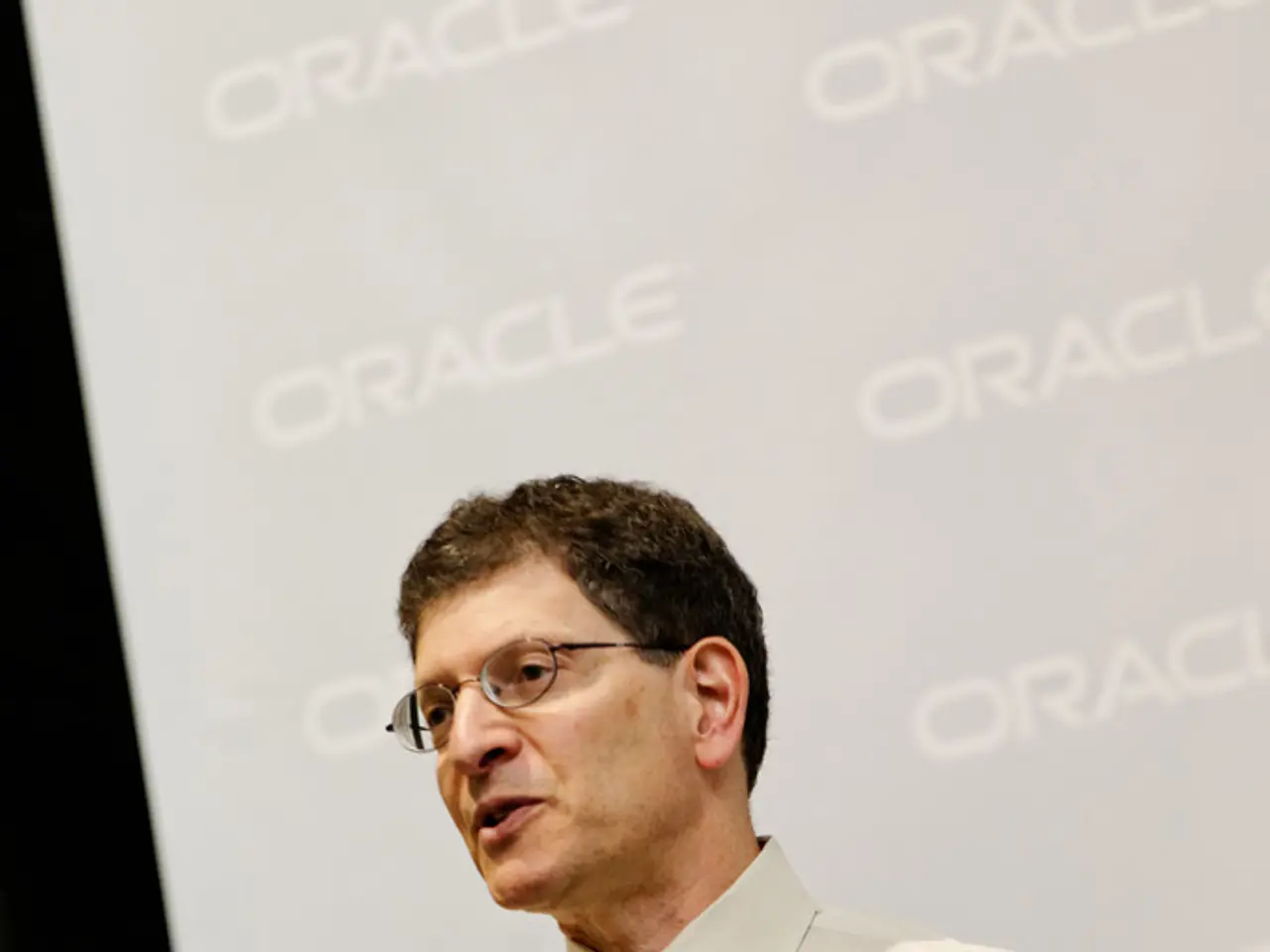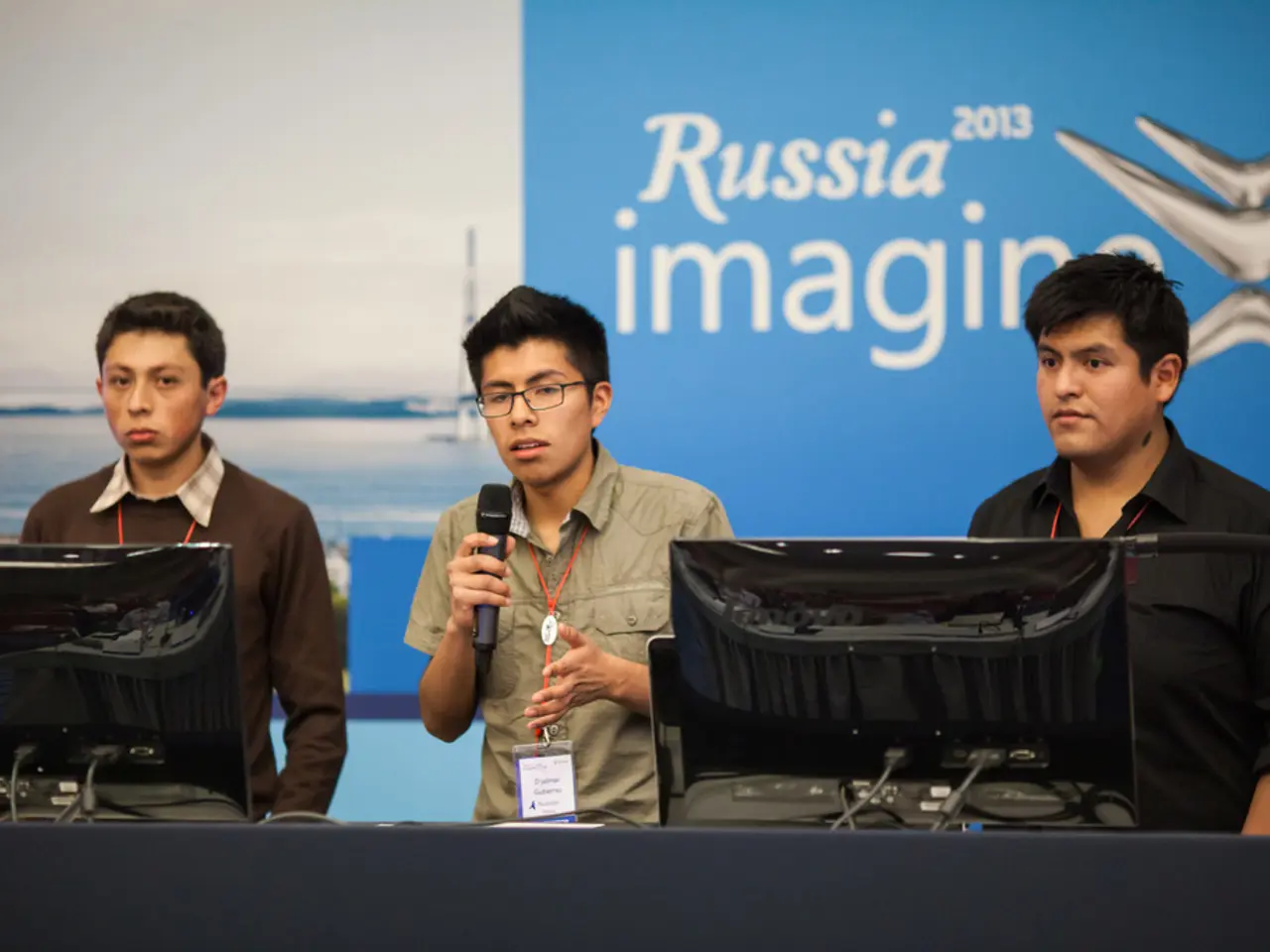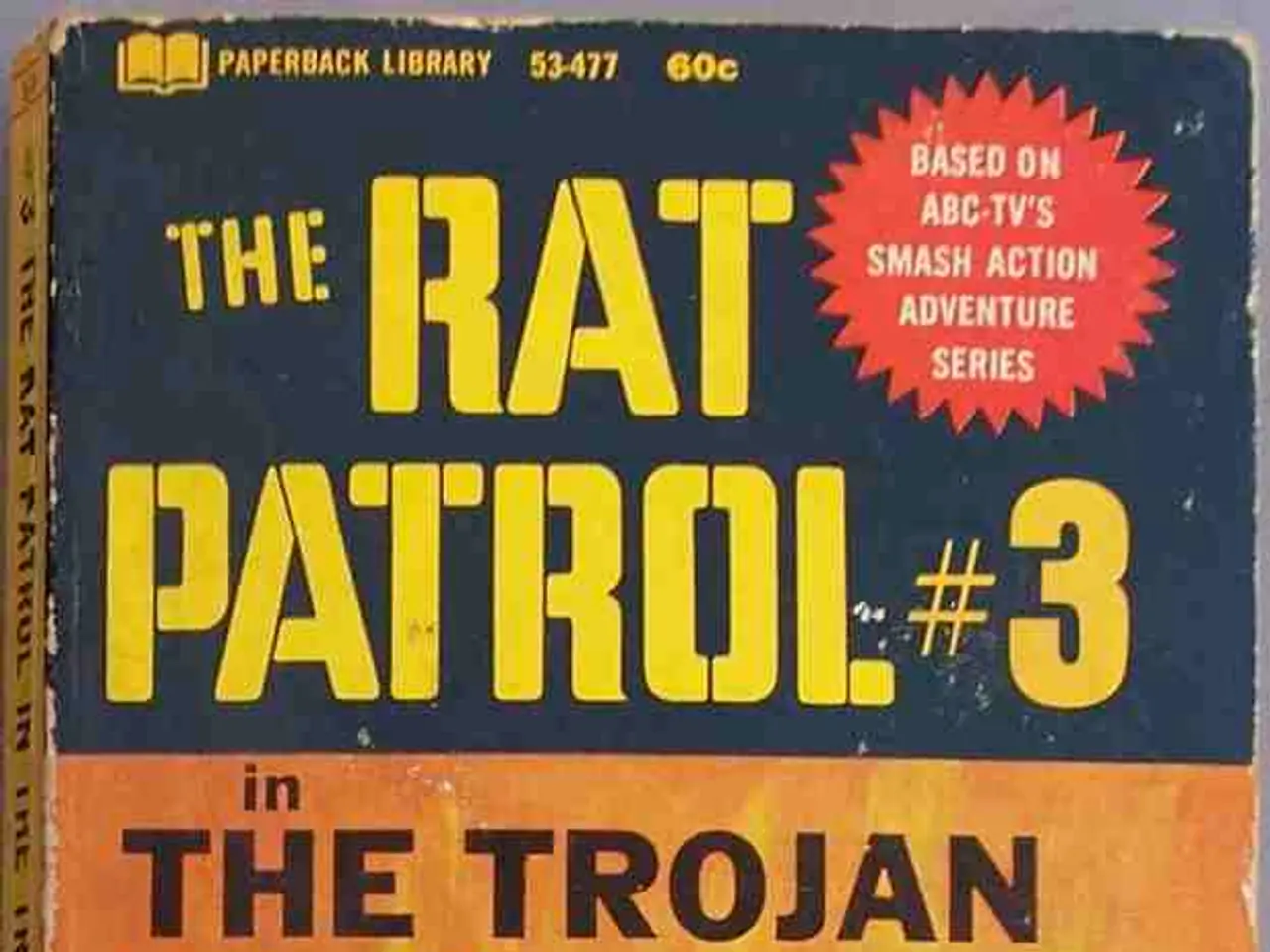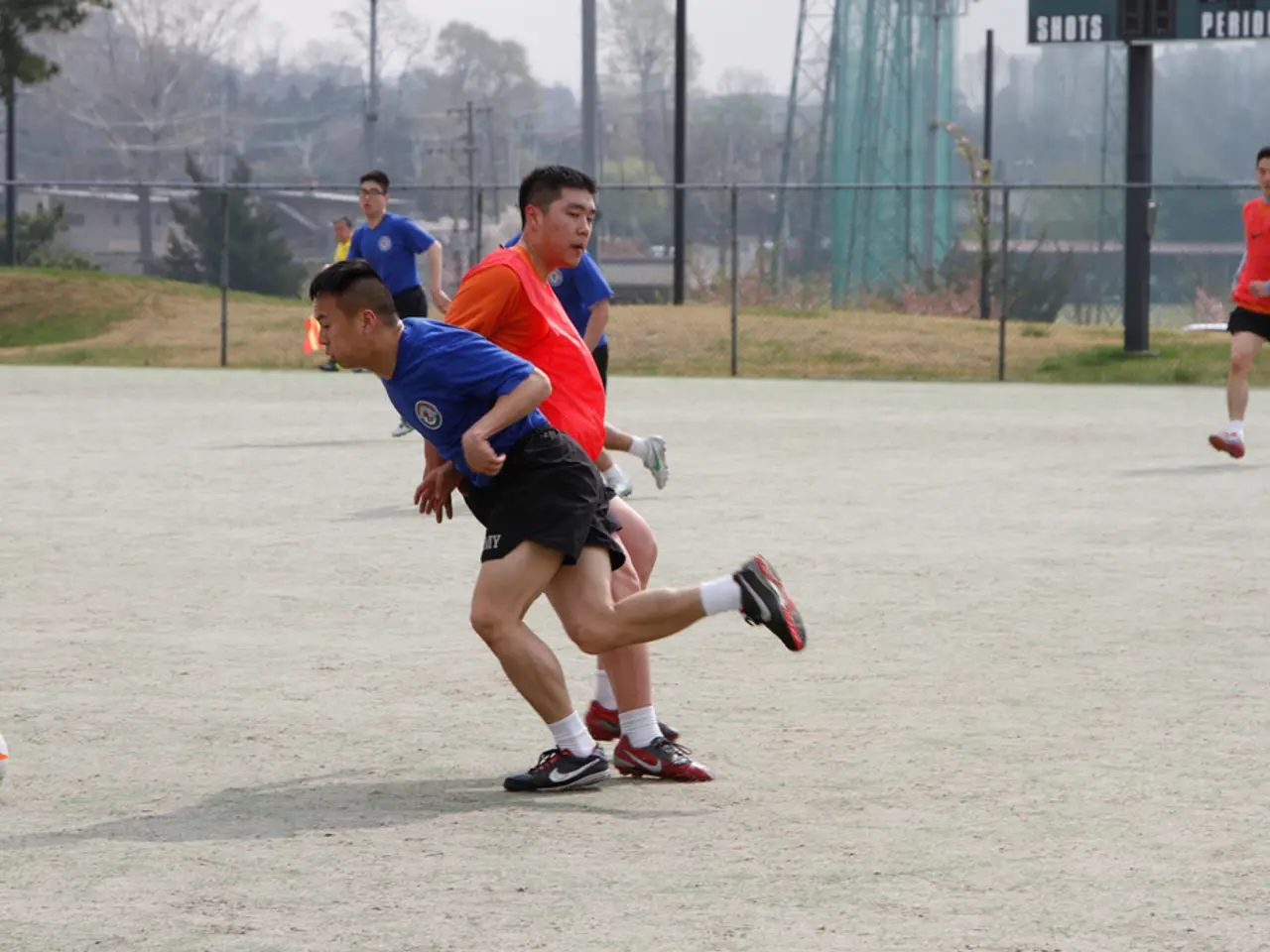Music Icons Rick Springfield, Judas Priest, John Oates, and Bob Geldof Look Back on Four Decades of Live Aid
The iconic Live Aid concerts, held in 1985, remain a beacon of hope and unity, raising an astounding $140 million for famine relief in Ethiopia and capturing the hearts of nearly two billion viewers worldwide[1]. This groundbreaking event, which took place over 16 hours across Philadelphia and London, showcased music as a universal language that transcended borders and created a unique global solidarity[1].
Live Aid left an indelible mark on the world, serving as a blueprint for large-scale benefit concerts and celebrity activism. It inspired subsequent events such as Farm Aid, Live 8, and Global Citizen Festivals. Artists like Bono of U2 were transformed into lifelong advocates for global development and debt relief. Politically, Live Aid influenced Western leaders of the time to take tangible actions, including releasing surplus grain to help mitigate the hunger crisis[2].
One of the most iconic moments was Queen's electrifying sixteen-minute set at Wembley, which has become an enduring symbol of the concert's cultural significance and has influenced rock history and popular culture for decades[3].
However, the landscape of music and activism has changed dramatically since Live Aid. The original event was possible because of a relatively unified media landscape dominated by a few television networks, creating a shared, monolithic cultural experience. Today, the media environment is highly fragmented, shaped by social media and algorithm-driven echo chambers that divide audiences. This fragmentation makes it difficult to recreate a unified global moment like Live Aid[2][4].
Bob Geldof, the concert's organizer, has noted that the "rock ‘n’ roll age," which was instrumental in mobilizing youth for social change, is effectively over. The current era lacks the monoculture that enabled an event like Live Aid to captivate billions simultaneously[2][4].
Despite these challenges, artists like Rick Springfield, John Oates, Rob Halford, and Bob Geldof himself, who performed at Live Aid, reflect on the event's impact. Run-DMC's performance at Live Aid was a significant moment for rap music, as John F. Kennedy Stadium was not typically a venue for hip-hop acts. Mick Jagger surprised John Oates' band by bringing Tina Turner on stage during their performance[1].
Rob Halford, the Judas Priest singer, considers meeting folk hero Joan Baez and seeing Led Zeppelin as highlights of the Live Aid event in Philadelphia. Baez, who had previously been covered by Judas Priest, met with Halford at Live Aid and expressed her preference for Judas Priest's version of "Diamonds and Rust."
In the present day, Halford cites January's Fire Aid as a recent example of a successful benefit concert, suggesting that another event like Live Aid could be possible with the right circumstances[1]. However, Rick Springfield agrees with Geldof, stating that the world is too divided to agree on a single cause or musicians to support for a large-scale event like Live Aid[1].
In summary, Live Aid remains a testament to the power of music to mobilize compassion and political action, but replicating its exact impact today faces profound structural and cultural challenges[1][2][4].
| Aspect | Live Aid Era (1985) | Current Landscape (2025) | |-----------------------|--------------------------------------------|------------------------------------------------| | Media Environment | Few networks, unified global audience | Fragmented, social media, echo chambers | | Music & Activism Role | Rock & roll as a unifying social movement | Diverse musical forms, less monolithic impact | | Political Impact | Direct influence on leaders & policies | More diffuse and harder to coordinate globally | | Celebrity Activism | Emergence of star-powered benefit concerts | Continued but in more segmented ways |
[1] BBC News. (2015, July 13). Live Aid: The story of a global phenomenon. Retrieved from https://www.bbc.co.uk/news/entertainment-arts-33526260 [2] The Guardian. (2015, July 13). Live Aid: the day the music died. Retrieved from https://www.theguardian.com/music/2015/jul/13/live-aid-the-day-the-music-died [3] Rolling Stone. (2015, July 13). The 30 Best Live Aid Moments. Retrieved from https://www.rollingstone.com/music/music-news/the-30-best-live-aid-moments-100230/ [4] The Atlantic. (2015, July 13). Why Live Aid Can't Happen Today. Retrieved from https://www.theatlantic.com/entertainment/archive/2015/07/why-live-aid-cant-happen-today/398544/
In the era of Live Aid (1985), the music and entertainment industry acted as a powerful tool for global unity, with few television networks shaping a shared cultural experience. Today, the landscape is drastically different, fragmented by social media and algorithm-driven echo chambers, making it challenging to recreate the same unified global moment.
Live Aid not only exemplified the power of music in shaping pop-culture but also served as a catalyst for celebrities to become powerful voices for social change and activism. However, in the current era, while celebrity activism continues, its impact is less monolithic and more segmented.
